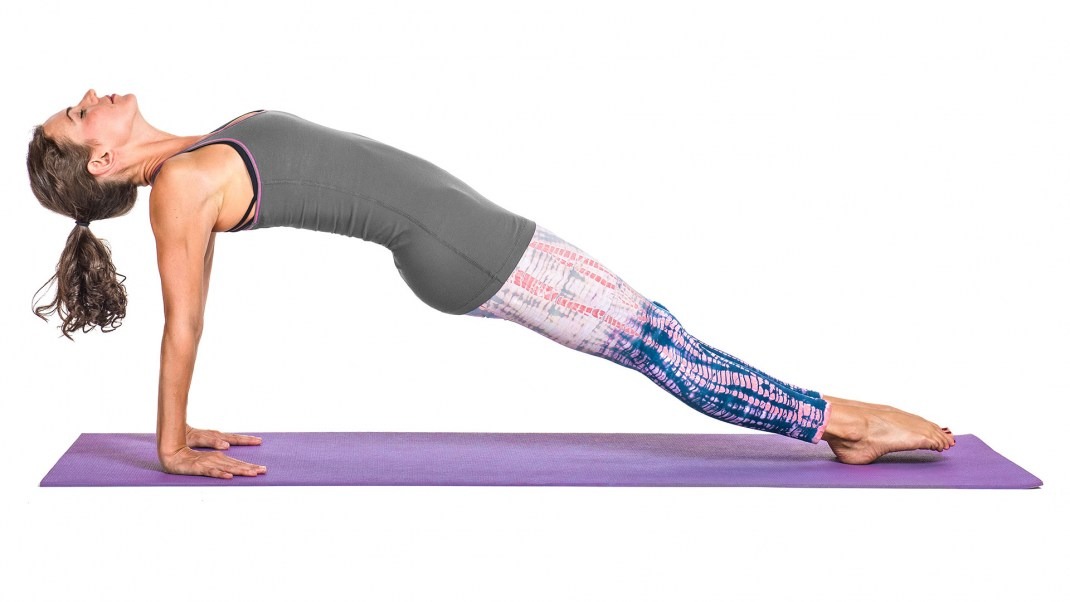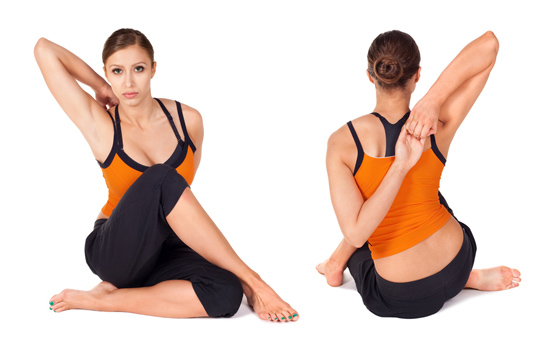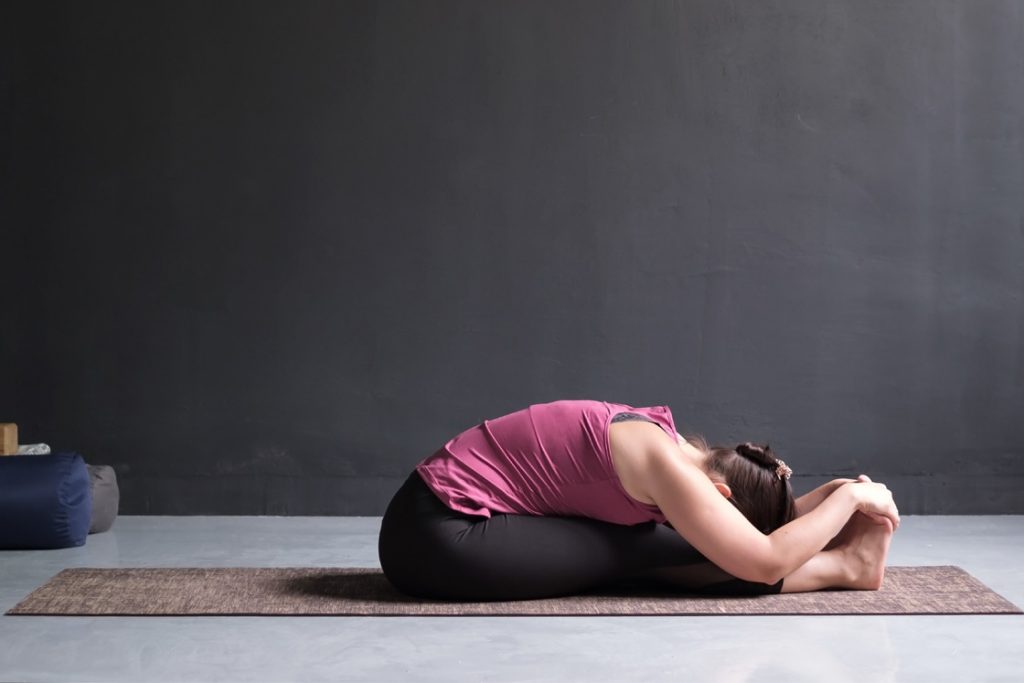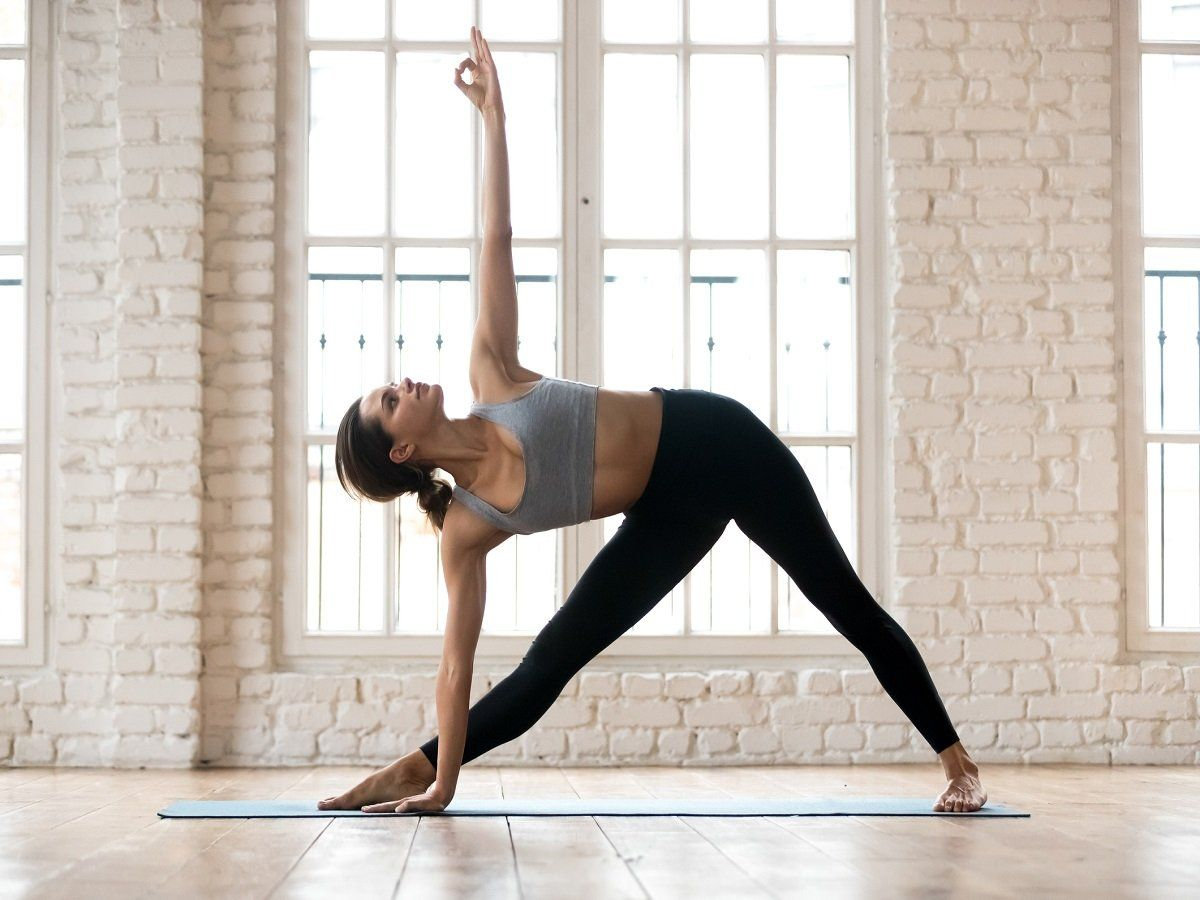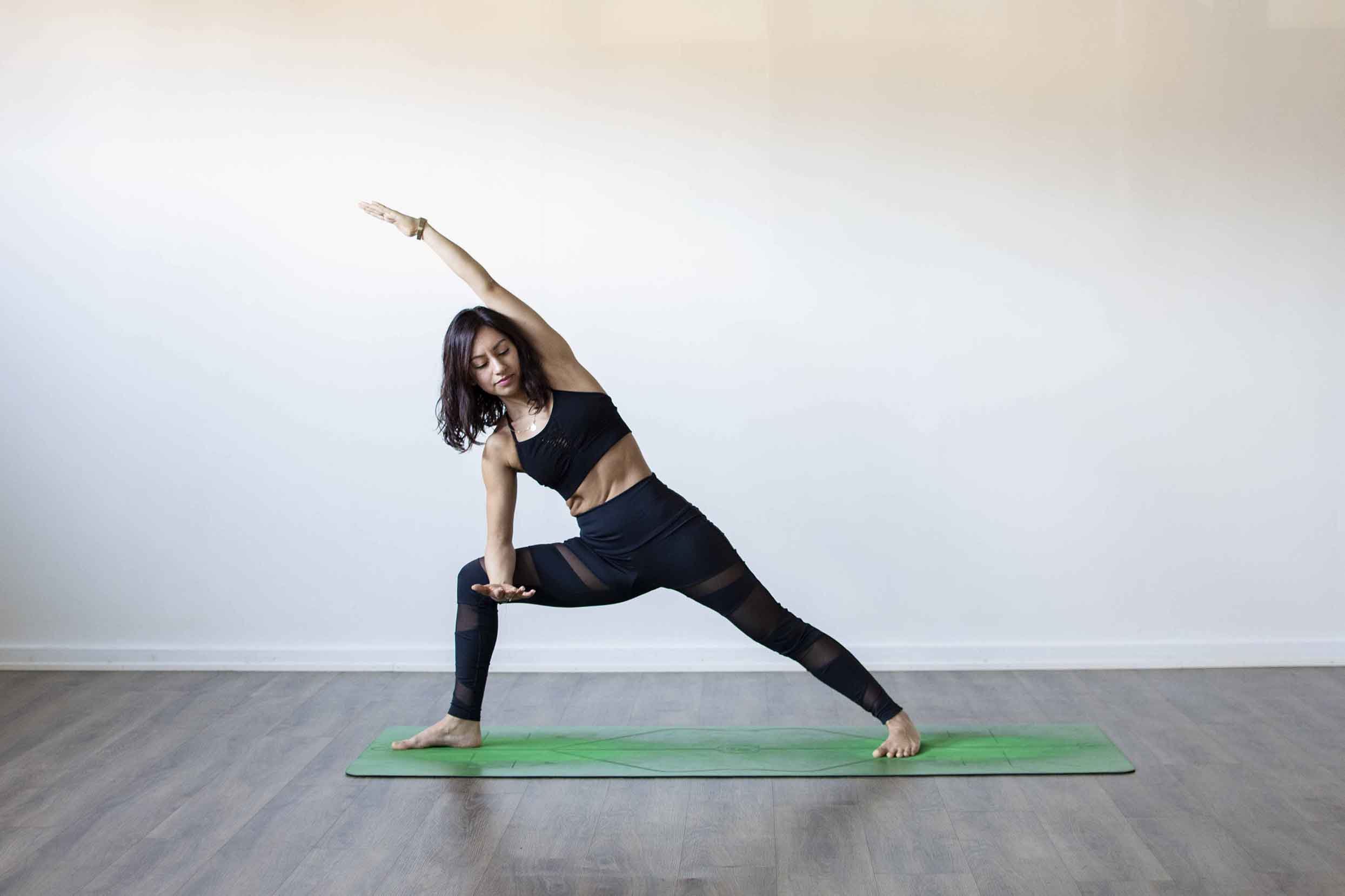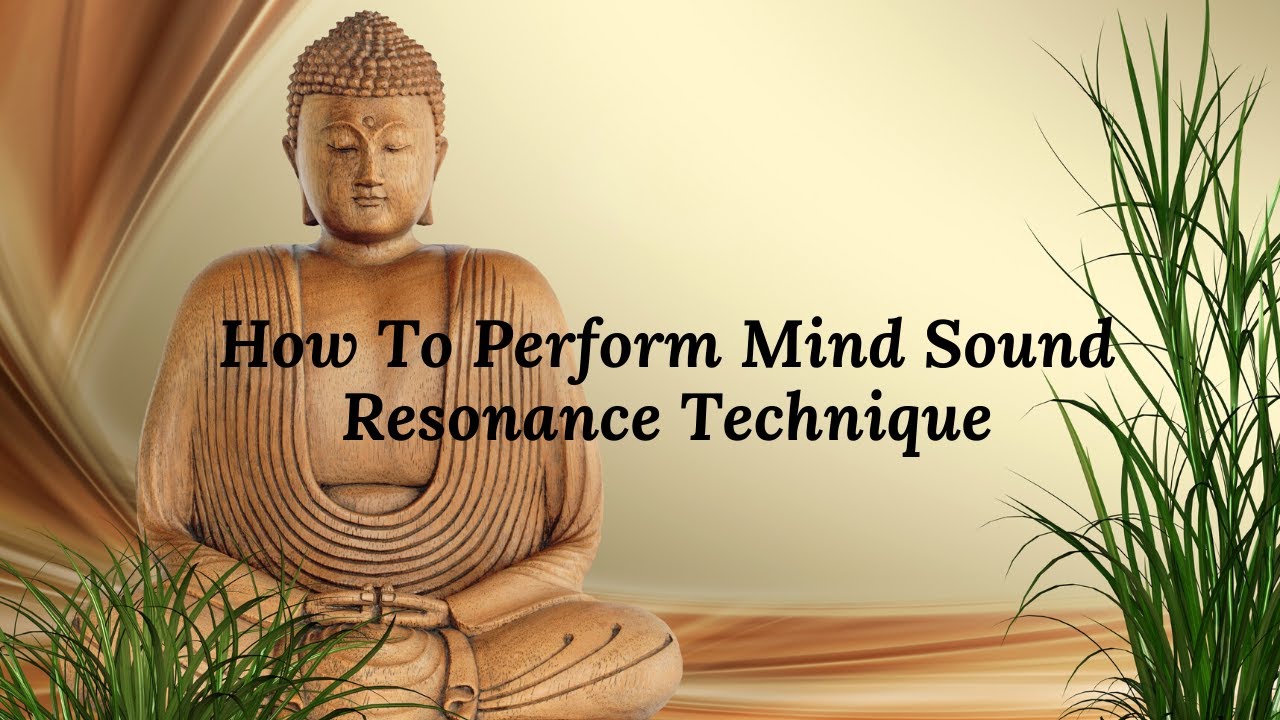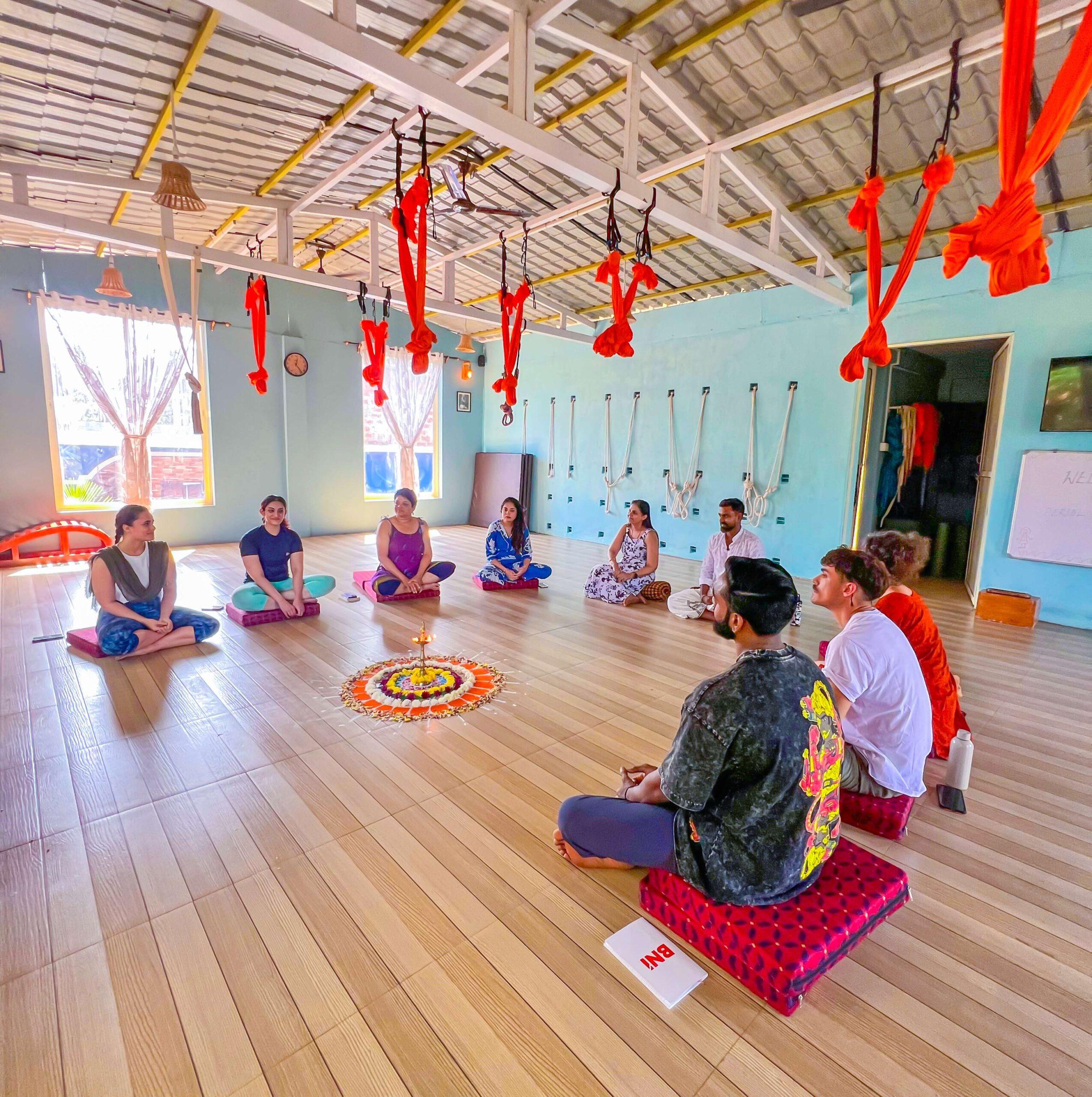The Ardha Purvottanasana name comes from the Sanskrit, “Ardha ” meaning “Half”, “Purva ” meaning “East”,“Uttana ” meaning “Intense” and “Asana”, meaning “Posture”.
Steps with breathing
1. Sit in dandasana with the legs stretched straight in front. Place the palms on the floor by the side of the hips.
2. Now, slide the palms behind the buttocks, inhale and bend both the knees at the chest level.
3. Widen the feet hip/ shoulder width apart and take the pressure of the body on the hands and feet.
4. While inhaling lift the body off the floor until parallel to the floor, straighten the arms and keep the elbows tightened.
5. Stretch the neck and relax the head as far back as possible and stay in this posture from 30 seconds to one minute.
6. While inhaling, bring the neck forward, lower the buttocks on the floor and relax in shithala dandasana.
Adjustments
1. Feet should be hip/ shoulder width apart.
2. Arms and shin bone should be perpendicular to the floor.
3. Thighs and torso should be parallel to the floor.
4. Fingers pointing forward towards the toes and neck neutral.
Variations
1. In ardha purvottanasana try to raise one leg towards the ceiling and bring it parallel to the floor.
2. Straighten the legs one by one and try to touch the ball of the feett on the floor for purvottan asana.
3. it’s completely fine to point the fingers either front or backwards.
4. Beginners can try to lift the buttocks only a few inches off the floor.
Benefits
1. Strengthens the arms, wrist ankles and legs.
2. Builds and tones the core muscles.
3. Stretches the shoulders and chest.
4. Relieves fatigue and stress.
Contraindications
1. This asana should not practiced by those with high blood pressure,
2. Cervical spondylosis,
3. Wtomach ulcers and
4. Weak wrists.

